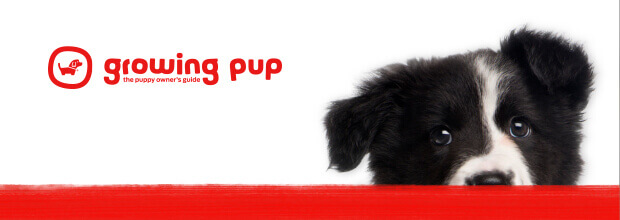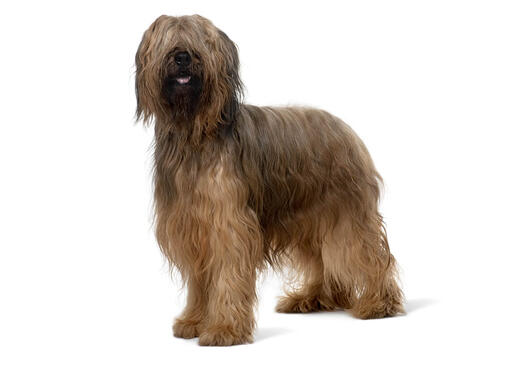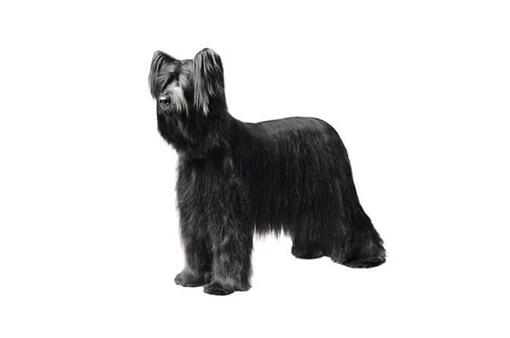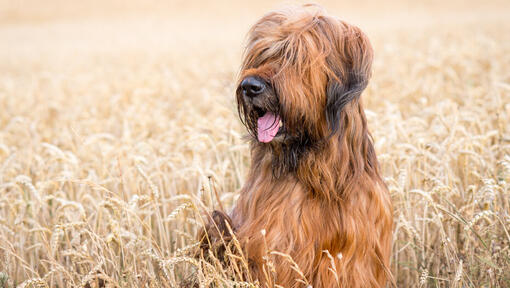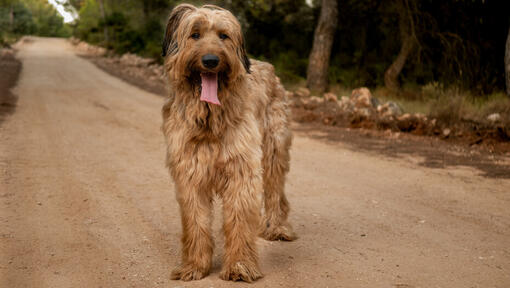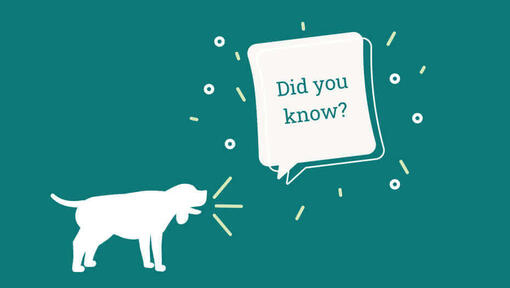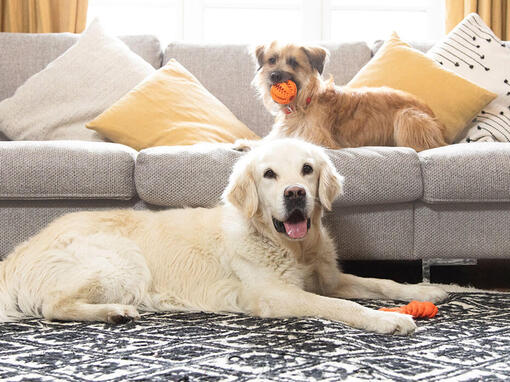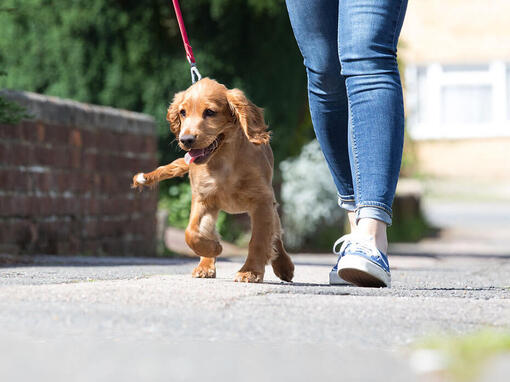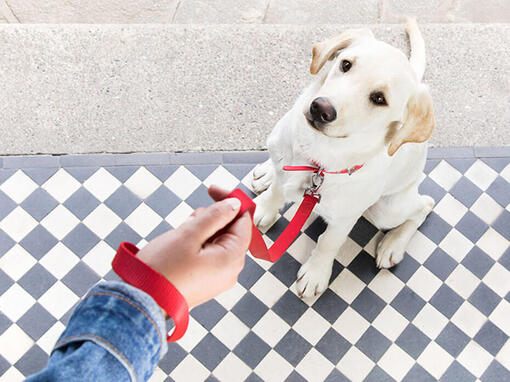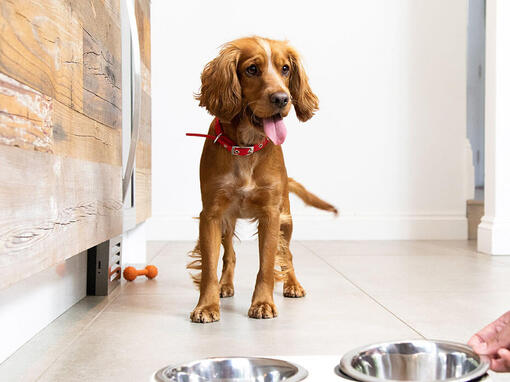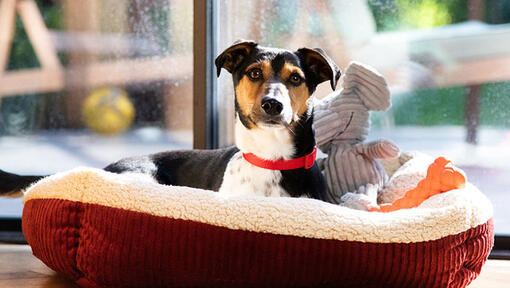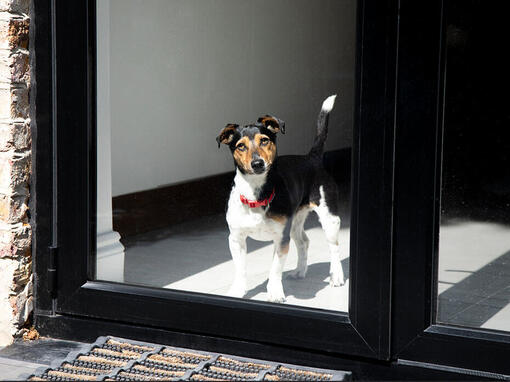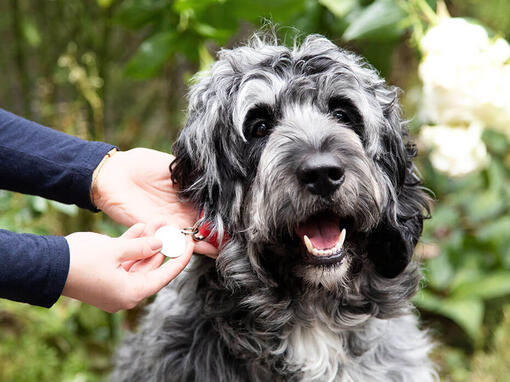For centuries, the brave, loyal Briard guarded and herded sheep in rural France. This large, muscular breed has a strong protective instinct and an excellent memory. Briards can be willful but also are trainable and eager to please. The breed has a distinctive appearance with his bushy eyebrows, shaggy beard and luxurious wavy coat. The Briard needs extensive grooming, including daily brushing, to prevent matting.
DID YOU KNOW? Some credit Marquis de Lafayette with introducing the Briard to America, but Thomas Jefferson also imported the breed. During World War I, the Briard was the official French army dog, helping carry supplies and find wounded soldiers on the battlefield.
ALSO KNOWN AS: Berger de Brie, Berger Briard


